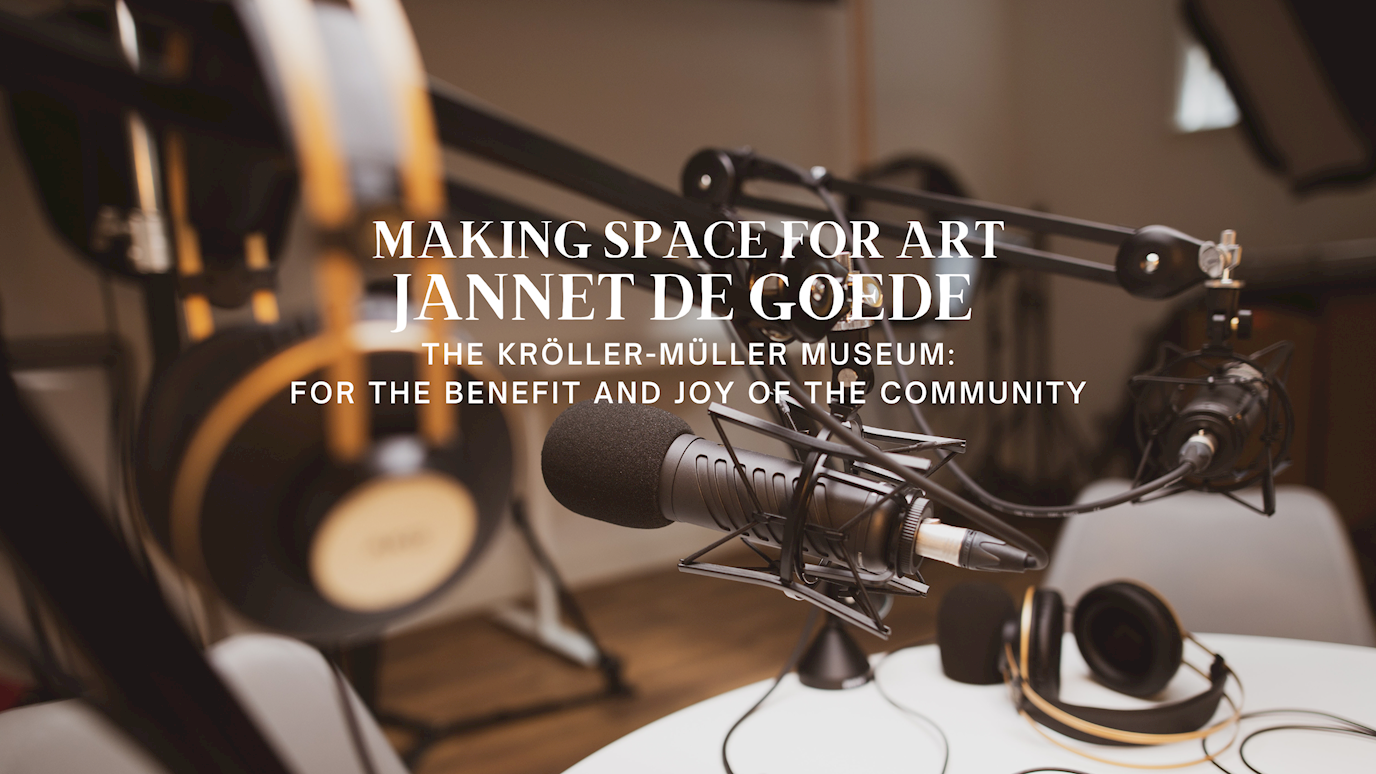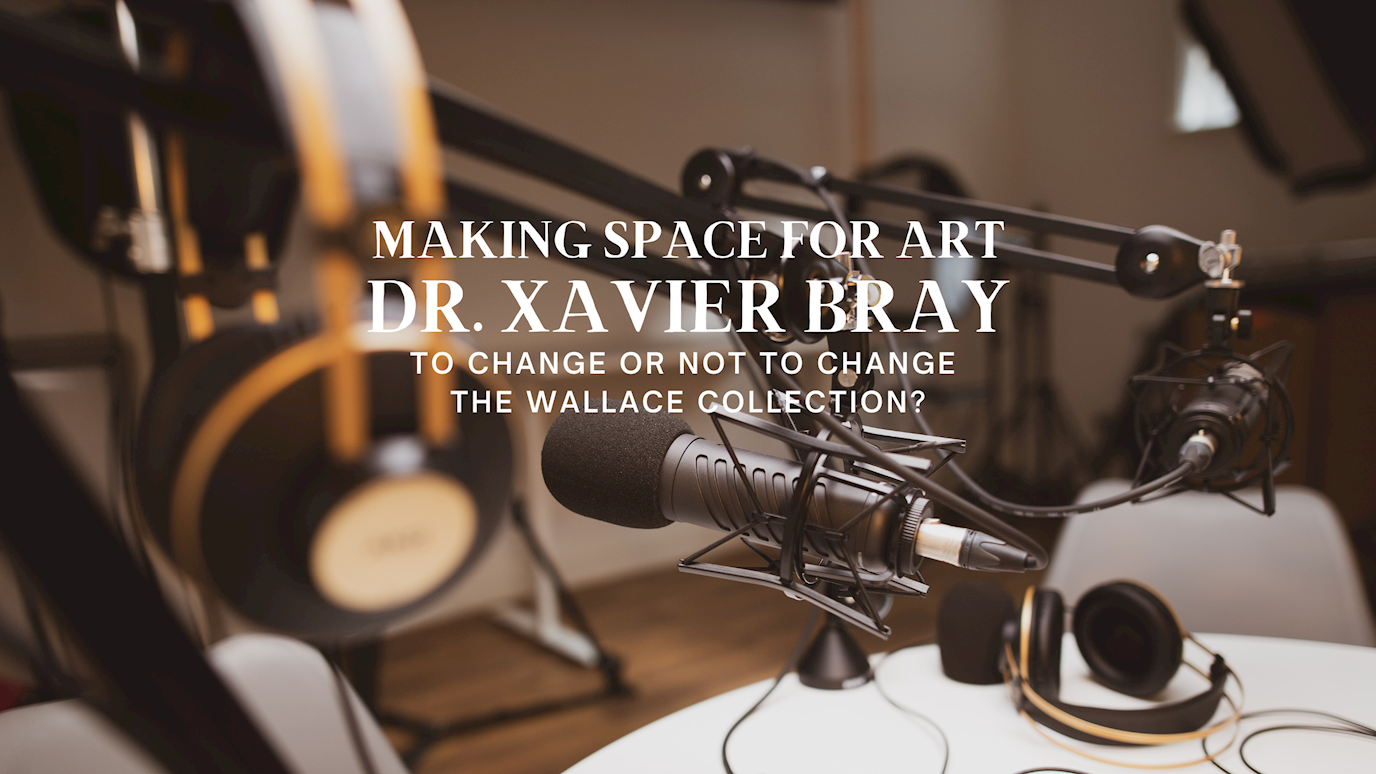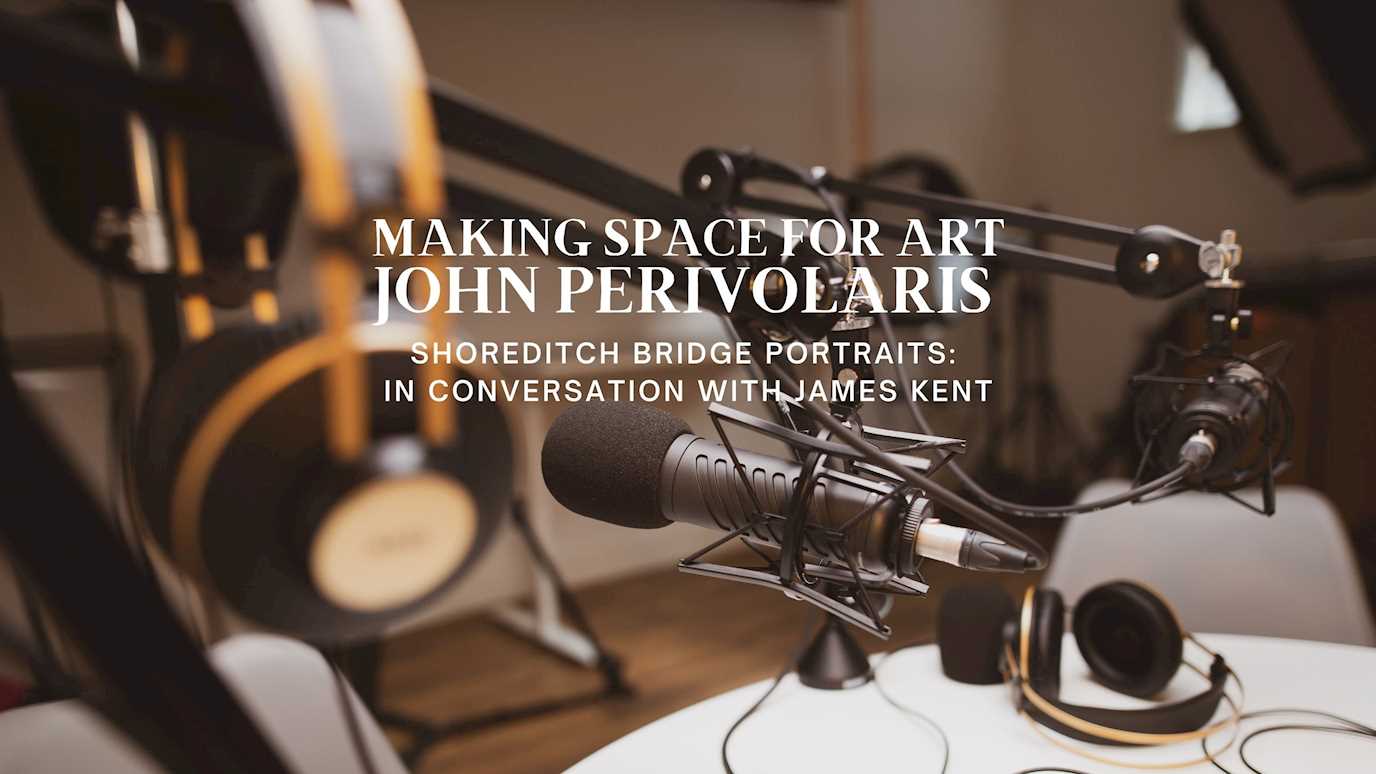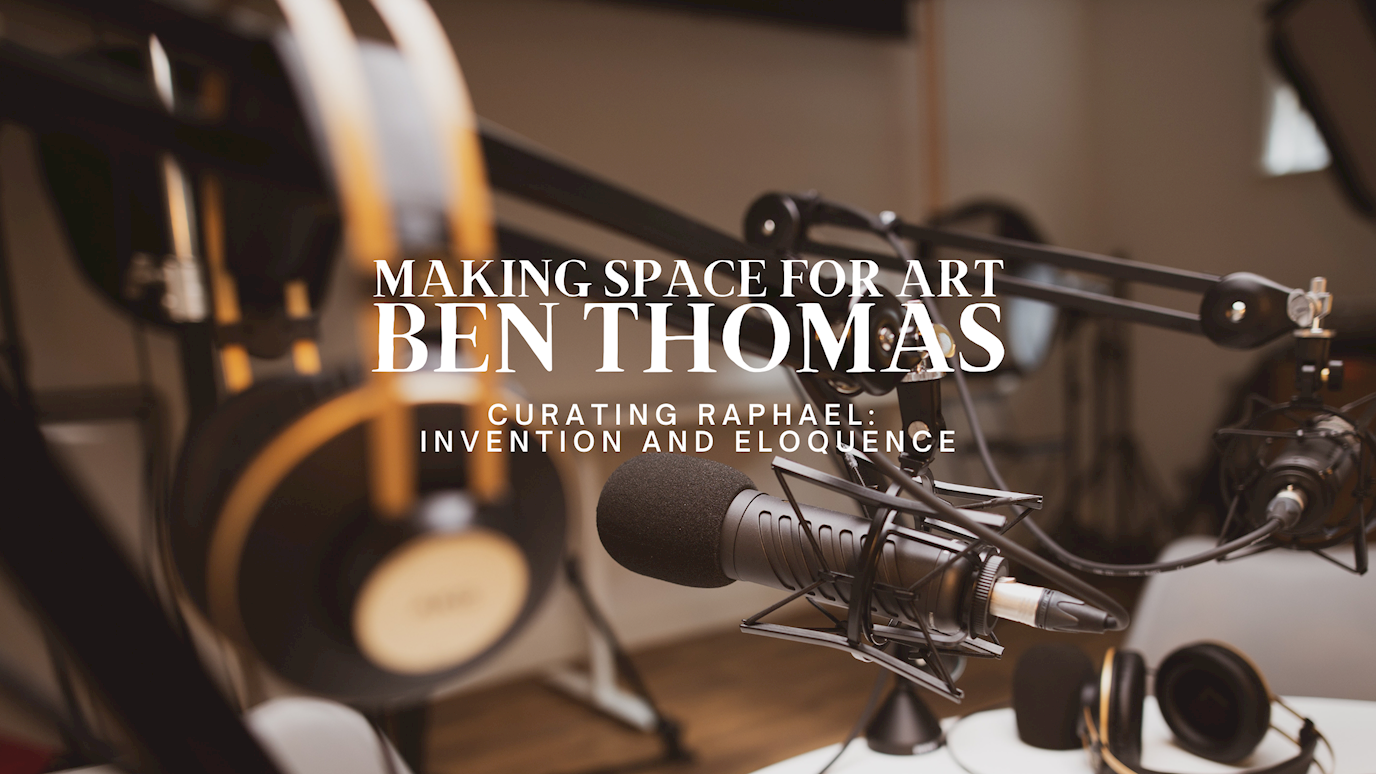Artist Vaia Paziana reflects on the three-part digital workshop – Under and Over, Zeros and Ones, and Physical and Digital – that she ran for students in February/March 2019. These sessions explored connections between digital art and handmade craft work as part of ‘Digital Culture and Digital Creativity’, a year-long series of events run by the Centre for Visual Cultures.
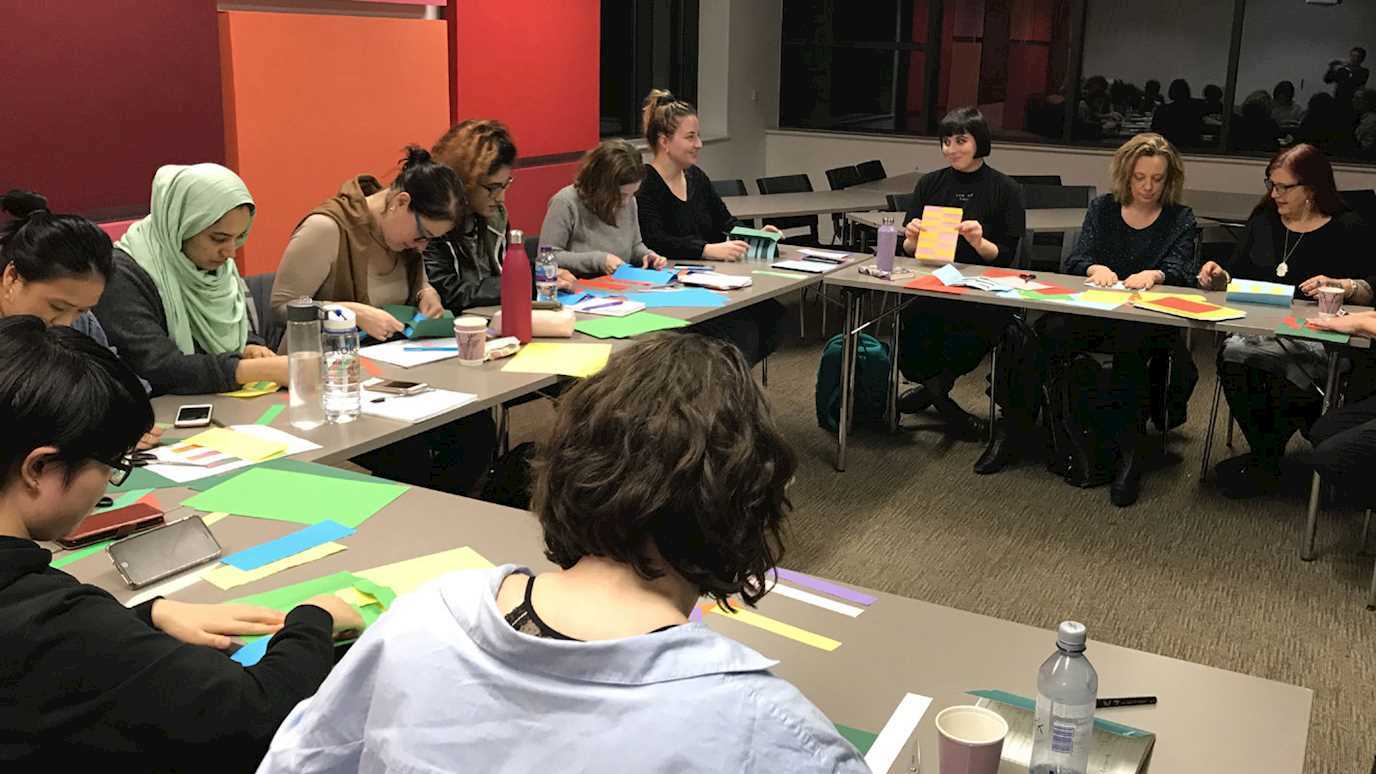
Students in the digital workshop (courtesy of Ruth Hemus)
The playlist of videos above showcases some of the digital art produced by the participants in the workshop.
A few months ago I was kindly invited by Dr Ruth Hemus to deliver a three-part workshop on digital art with a view on the links with textile crafts, aimed at students who had (hopefully) an interest in this medium as a creative method of visual presentation for their own practice or field. Something I looked forward to was the opportunity of a more in-depth focus on a medium and the development of students’ initial ideas, a welcome variation to my work with community groups in ever-changing settings.
Looking back at the different stages of devising something that I would enjoy facilitating and ideally participants would like to experience, deciding on the subject of digital art with its craft origins was easy and knowing what I wanted participants to experience during the sessions was clear too – namely to discover creative ways of utilising digital tools for their projects/ideas or presentations. However, knowing what it is they wanted to experience/learn is something I couldn’t answer for them. Not knowing how experienced students were in terms of using digital media as an artistic tool and practising or making art was something to consider, but all I needed from attendees was an openness to make their own creative choices.
Web weaving
With this in mind I looked at my own journey of becoming an artist, from ‘before the technology revolution’ to a ‘social art practice’ building a workshop narrative. My choice of Sadie Plant’s zeros + ones as a reading recommendation comes straight from my heart as it was the one book that took away from me any fear of using technology to make art. Reading about why and how traditional craft techniques like weaving are connected to modern technology made it feel ‘natural’ to use whatever tool, technique or machinery is chosen for a project or practice, digital or otherwise – speaking as a creative maker, not necessarily as a person using tech in everyday life. To help the students understand the web/weaving connection, I asked them to fiddle with paper strips to experience the physical ‘networking’, making a ‘web’, using ‘layers’ and ‘linking’ hence under and over: paper weaving: hitting the keys with our finger tips on our laptops (looms), spinning our nets over the web…
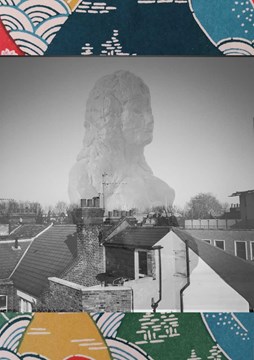
Following the first session, participants were encouraged to find inspiration in their surroundings or campus environment, unless they already had a project they wanted to work on. My favourite moments occur when students share their pieces of work and how they have applied suggestions and ideas to their own visions. What seemed to be unfamiliar for some was the fact that no one will tell them what to do but that they had to search for answers themselves through doing – in order to produce something that attracts interest from others, it needs to have meaning to the person who makes it first and foremost. In other words, to make creative work (art or not art) you’ll have to look to yourself. The only person who can decide how an image/a film/a poem/an installation is completed the way you will need it to be, is you, and you’ll find answers and more questions (mainly) after a process, after developing, after trial and error and practice – hence the term ‘art practice’.
A questioning practice
What I’m there to facilitate is to look for directive questions to ask that help with the practice of seeing, of hearing, of sculpting etc. and questioning: what is it I am seeing? Why is the picture not telling me the same story as the sound? What is the space telling me about the people who move through it? Why do I take one hundred selfies a day? Is that a project? Do I need a curator for that? Should I rather post photos of my hamster to convey my message of social media animal rights activism post criticism subversion? - No offence – What has it got to do with digital cultures and creativity? I see the medium predominantly as the vehicle for our visions and content we choose, even if the vehicle is becoming part of the content and/or vision.
One thing, the main thing that is missing now is the display of the truly exciting, exhilarating, humorous, beautiful, serious and eccentric work the students + teachers have produced. Seeing people connecting over their shared interest and everyone being supportive towards one’s endeavours made me feel very happy to say the least – thank you for this! This blog feels incomplete without being able to show off their work which is at the heart of workshops like these; hopefully something can be put in place soon.
In the meantime – stay creative!
Vaia Paziana
May 2019










